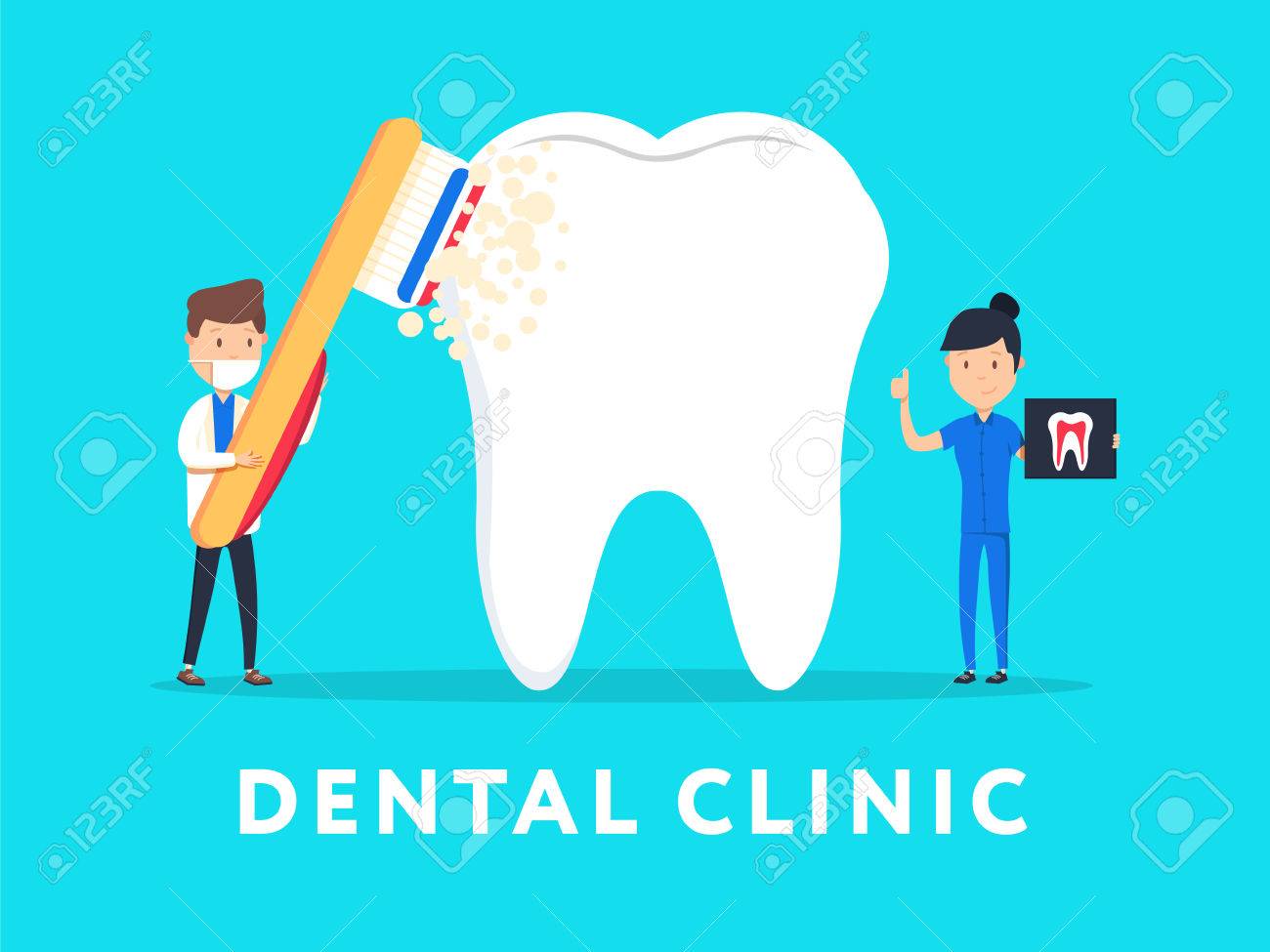Outfit Yourself To Manage Unanticipated Oral Emergency Situations With These Crucial Standards For Moms And Dads, Enabling You To Protect Your Child'S Dental Health Efficiently
Outfit Yourself To Manage Unanticipated Oral Emergency Situations With These Crucial Standards For Moms And Dads, Enabling You To Protect Your Child'S Dental Health Efficiently
Blog Article
https://how-to-reverse-gum-diseas74951.qodsblog.com/32046977/comparing-prices-oral-implants-vs-other-tooth-substitute-options -Giles McGrath
As a parent, you never ever want to see your youngster hurting, particularly when it involves oral emergencies. But do https://sflcn.com/straightening-the-smile-how-invisalign-can-work-wonders-for-your-bottom-teeth/ know what to do if your child instantly experiences serious tooth discomfort or knocks senseless a tooth? Recognizing how to deal with these situations swiftly and properly can make all the distinction in protecting your child's dental health. Stay tuned to discover please click the following webpage and emergency treatment steps that every parent should be aware of when it involves emergency situation dental take care of kids.
Acknowledging Oral Emergencies
If your youngster experiences extreme tooth pain or a knocked-out tooth, these are indicators of dental emergencies that need immediate interest. Tooth pain that's sharp, consistent, or accompanied by swelling can suggest an infection or an abscess, which necessitates timely care from a dental practitioner.
In addition, a knocked-out tooth, whether as a result of a fall or an accident, is one more essential situation where fast activity is essential for potential re-implantation.
Various other signs of dental emergency situations in children include hemorrhaging that does not quit after applying pressure, a broken or fractured tooth, or a loosened tooth because of injury. Any type of injury to the mouth that leads to excessive blood loss, swelling, or extreme pain should not be ignored and calls for urgent assessment by an oral professional.
Having the ability to recognize these signs beforehand and seeking prompt treatment can help prevent even more problems and make certain the very best feasible end result for your child's dental wellness.
Immediate First Aid Tips
In cases of dental emergencies in kids, promptly using first aid measures can help alleviate pain and reduce prospective issues.
If your kid experiences a knocked-out tooth, carefully rinse it with water, being careful not to touch the root, and attempt to return it into the socket. If this isn't feasible, keep the tooth in a glass of milk or saliva and look for immediate dental care.
For a fractured or broken tooth, rinse the mouth with cozy water and use a chilly compress to lower swelling.
In cases of a tooth pain, wash the mouth with warm deep sea and carefully floss around the tooth to eliminate any kind of entraped debris. If there's swelling, offer a painkiller suitable for your youngster's age and weight.
In situations entailing a bitten tongue or lip, use stress with a tidy towel to stop any kind of blood loss and use a cool compress to lower swelling.
Stopping Future Dental Emergencies
To prevent future dental emergency situations in children, developing consistent dental hygiene practices is key. Make the best dental implants with fluoride toothpaste and flosses daily.
Normal oral examinations are crucial for very early detection of any type of concerns and specialist cleansings. Encourage your child to use a mouthguard throughout sporting activities activities to safeguard their teeth from injury.
Restriction sweet snacks and drinks in their diet regimen to minimize the danger of dental caries and dental caries. Teach them just how to appropriately make use of dental devices like tooth brushes and floss to advertise excellent dental health and wellness.
Instruct them on the significance of preventing attacking down on difficult items and opening packages with their teeth to stop oral trauma. By instilling these practices beforehand, you can aid your youngster preserve a healthy smile and reduce the chance of future dental emergency situations.
Final thought
In conclusion, as a parent, it's critical to be prepared for oral emergencies with fast action and proper care.
By recognizing the indicators of dental emergency situations, taking prompt first aid steps, and advertising safety nets, you can help ensure your child's oral health and health.
Stay educated, stay proactive, and always be ready to take care of any type of dental emergency that may occur.
Your child's healthy and balanced smile deserves it!
